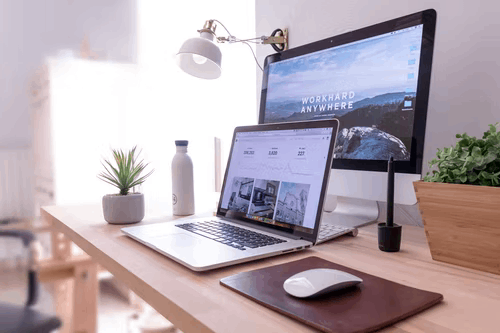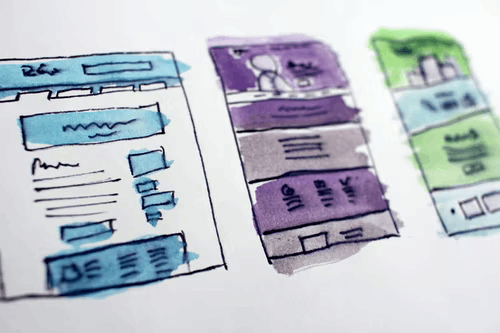If you want to keep up with your competitors and grow your business, your website must be user-friendly and optimized in more ways than one. Here are 6 tips on how to upgrade your website’s performance and attract more customers.
1. Make your Website All-Inclusive
Accessing your website from a smartphone or tablet is much more convenient for many people. Finding information on the go has become the norm, which means your customers will expect your page to be equally available on all types of devices. Having your site only optimized for computer access often results in significant limitations in performance on mobile devices. There are two ways to create an all-inclusive website. The first one is starting from scratch – by coding the site for mobile devices and adding the elements for computer use later. The second one is to examine which parts of the pages are not functioning on mobile and replace them.
2. Reduce the Number of HTTP(s)
The more HTTP requests you have on your site, the slower it takes for it to load. HTTP requests are increased by each picture, CSS, document, call to action or social media button, and other media you may use. Try using as few of these as possible to help your website load faster. Combining Javascript files with CSS is a great idea for the media you absolutely can’t remove. You’ll get to keep them, but they will be compressed into one medium and won’t generate several different HTTP requests.
3. Remove Unnecessary Coding Characters
Coded HTML, CSS, and Javascript files often contain white spaces, line breaks, comments, and other unnecessary characters in their coding source. They may have a purpose to fulfill when coding the files, but later on, they become a hindrance rather than a benefit. Implement minification of these elements to reduce their size without compromising their functionality. This will allow your page to load faster, much to the satisfaction of your customers.
4. Remove Excess Plugins
Plugins are yet another group of features that can become obsolete. And the more of them you have on your website, the more they will affect its performance. This is an issue that reflects much more than customer dissatisfaction. Plugins can create a delay on the backend and the dashboard, making all activities much more challenging. One of the most common issues that stacking up plugins causes is the inability to control the security of your site, making it more vulnerable to hackers. Reducing the number of plugins will allow you to stay on top of security checks. If you are interested in learning more about cyber security, through Informer, you can start by understanding its benefits and finding out why it’s fundamental for businesses. After all, the full visibility of your environment doesn’t serve only your customers’ interests, but your company’s too.
5. Use a CDN
If your site`s geographical location is at a greater distance from its end users, you should consider using a content delivery network (or CDN). As mentioned earlier, images, CSS, HTML, and Javascript files already add to the loading time. If all this data has to travel physically further, this only complicates things further. A CDN hosts servers from all around the world and can distribute them to just as many locations. Users can load your content from a closer location and much faster.
6. Use Web Caching
Using Web Cathing is a great way to temporarily store information about your website. For example, when a visitor accesses your site the first time, everything they have opened will be saved as a much smaller, cathed version. When they return to your site, they will be provided with the second version of what they have seen previously. As it’s then reduced in size, it uses a smaller bandwidth and will load much faster than the content on the originally loaded website. With the number of technological advancements happening on a daily basis, maintaining a website can become challenging. Even if your site has a flawless design aesthetically, it can still be slowed down by the complex processes required to run it. This can result in a number of dissatisfied visitors, who are now less likely to be converted into paying customers. The tips presented in this article can be helpful in sprucing up your website, but it’s crucial to remain vigilant about its performance in the future. Regular audits are a good idea as they will allow you to make further upgrades if needed.








